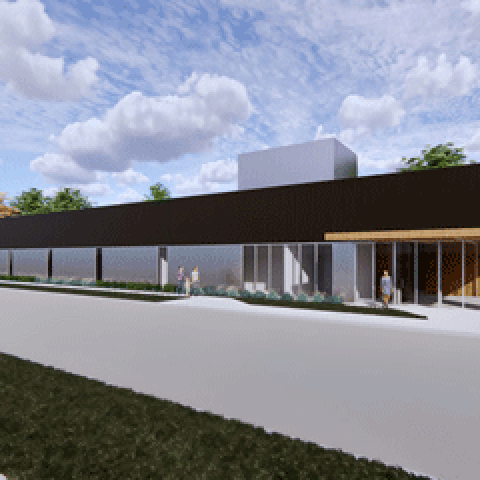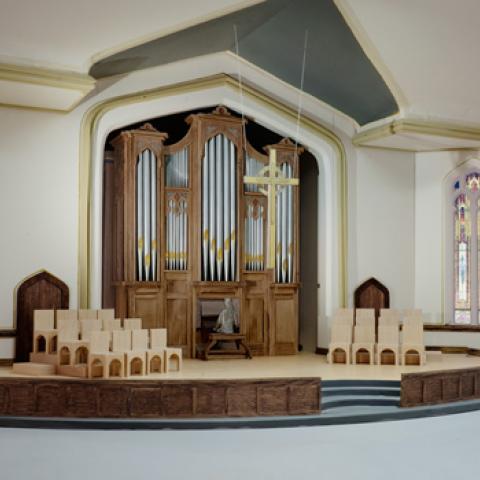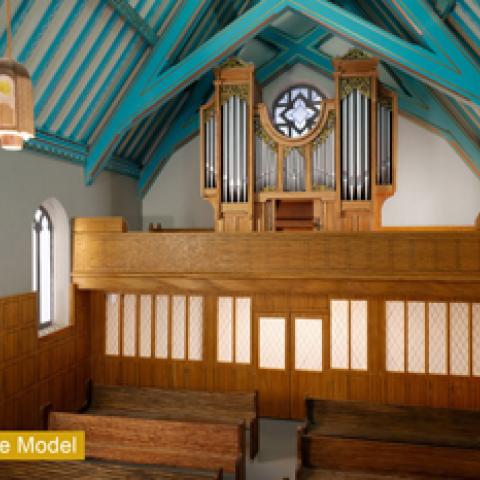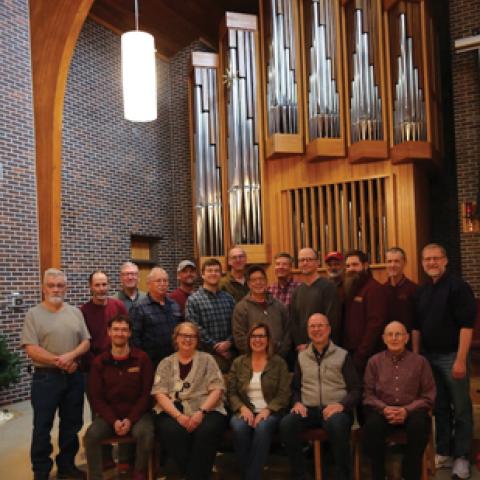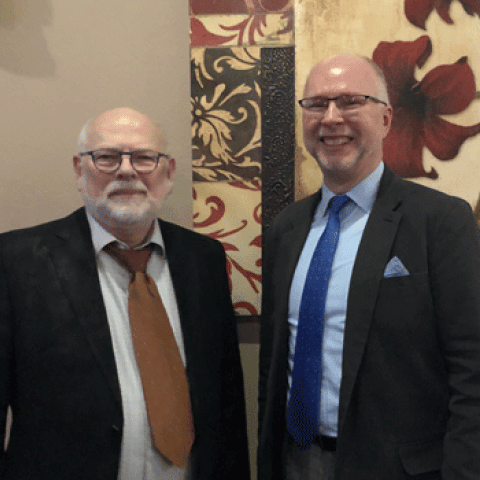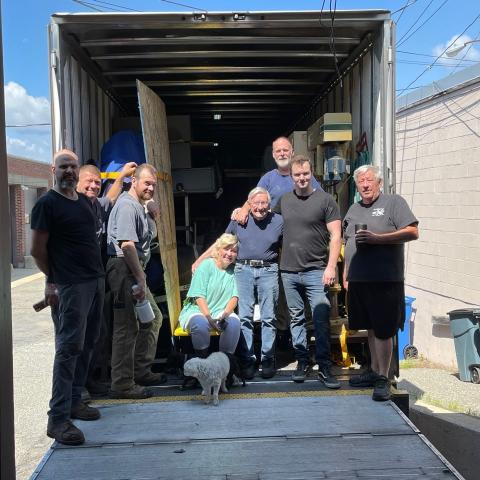
Dobson Pipe Organ Builders will host an open house on Sunday, June 5, from 1:00–4:00 p.m. Since the fire, they have established interim workshops in Lake City and are busy building a new organ for St. James’ Church in Sydney, Australia, their Opus 99.
The open house take place at the following buildings:
Dobson Office: 418 West Washington Street, Lake City, Iowa
North Shop: 908 West Main Street, Lake City, Iowa
South Shop: 1115 West Main Street, Lake City, Iowa
Dobson staff will be at each location to explain what is happening in each place. Visitors can tour these three locations in any order.
In addition to seeing the work in process, there will be a list of the hundreds of individuals and organizations that helped the company get back to work. They will also discuss the plans for the new workshop, which is now being designed and will be built on the site of the old shop on Lake City’s Square.
For information:
712-464-8065
www.dobsonorgan.com

